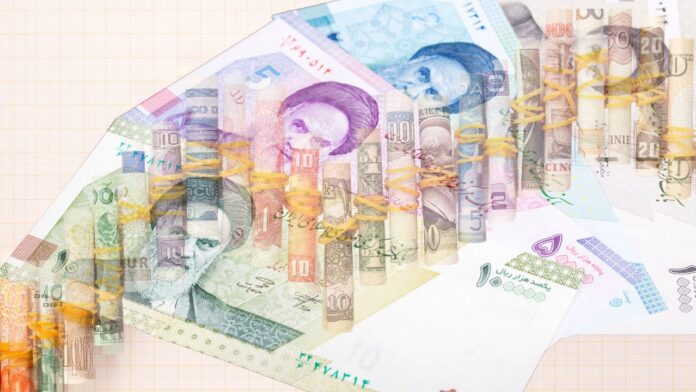In 2025, the global economy continues its uneven recovery, marked by lingering effects of recent shocks and emergent challenges. This landscape has significantly influenced currency values worldwide, bringing to light the plight of nations grappling with depreciating money. This article delves into the top 20 weakest currencies globally, examining the complex factors behind their struggles and their profound implications.
Understanding what defines a “weak” currency goes beyond simple exchange rates. It fundamentally reflects deep-seated economic issues, often requiring a substantial amount of local currency to acquire a single U.S. dollar. Key drivers include rampant inflation, unsustainable national debt, and a pervasive lack of confidence in a country’s monetary policies and financial stability.
Our exploration reveals the intricate tapestry of economic distress affecting diverse regions. We will dissect why these particular currencies find themselves at the bottom of the global financial hierarchy, exploring the unique confluence of internal and external pressures that erode their value and impact the daily lives of their citizens.
Consider Iran, whose rial remains profoundly weakened. Decades of international sanctions, coupled with political isolation and constrained oil exports, have fostered severe economic instability. This has led to persistent inflation and a debilitating financial crisis, making everyday transactions extraordinarily challenging for its populace.
Similarly, Lebanon faces an unprecedented financial collapse, with its pound (LBP) plummeting due to widespread banking failures, intense political unrest, and escalating public debt. In Zimbabwe, the repeated reintroduction of local currencies has failed to tame hyperinflation, perpetually eroding public trust in its monetary system and perpetuating economic insecurity.
It’s crucial to note that a weak currency doesn’t always signal a struggling nation. Some countries, like Vietnam, strategically maintain lower currency values to bolster exports. This deliberate policy enhances the purchasing power of foreign buyers, thereby stimulating domestic manufacturing and fostering a competitive trade environment.
The narrative of the world’s weakest currencies in 2025 transcends mere statistics; it lays bare the inherent vulnerabilities of economies caught in cycles of inflation, crippling debt, and profound instability. While some nations deftly navigate these challenges through strategic economic policies, others, like Iran, Lebanon, and Zimbabwe, continue to wrestle with entrenched systemic issues that demand comprehensive and lasting solutions.
Ultimately, the persistent weakness of these currencies underscores the dynamic and often precarious nature of the global economy. For millions, these depreciating values translate into tangible hardships, highlighting the urgent need for robust economic reforms and international cooperation to foster greater financial resilience worldwide.






Leave a Reply